Regular grass cutting is a fundamental aspect of lawn care that goes beyond mere aesthetics. It plays a crucial role in promoting healthy grass growth and maintaining the overall health of the lawn ecosystem. When grass is cut at appropriate intervals, it encourages denser growth, which can help to crowd out weeds and reduce the likelihood of pest infestations.
This is particularly important in residential and commercial landscapes where a lush, green lawn is often a reflection of the property’s overall care and maintenance. Moreover, regular cutting helps to maintain the grass at an optimal height, which is essential for photosynthesis. Grass that is allowed to grow too tall can become stressed, leading to a decline in health and vigor.
Additionally, cutting grass regularly can prevent the development of thatch, a layer of dead grass and roots that can suffocate the living grass beneath it. Thatch buildup can lead to various lawn diseases and can hinder water and nutrient absorption, making regular cutting an essential practice for any lawn care regimen.
Key Takeaways
- Regular grass cutting is important for maintaining a neat and healthy lawn
- Hiring a professional grass cutting service can save time and ensure a well-maintained lawn
- Factors to consider when choosing a grass cutting service include experience, equipment, and pricing
- Maintaining a healthy lawn with expert grass cutting involves proper watering, fertilizing, and weed control
- Proper equipment and techniques are essential for effective and efficient grass cutting
Benefits of Hiring a Professional Grass Cutting Service
Engaging a professional grass cutting service offers numerous advantages that can significantly enhance the quality of your lawn care. One of the primary benefits is the expertise that professionals bring to the table. They possess a deep understanding of different grass types, growth patterns, and seasonal requirements, allowing them to tailor their services to meet the specific needs of your lawn.
This expertise ensures that your grass is cut at the right height and frequency, promoting optimal health and appearance. In addition to their knowledge, professional services often utilize advanced equipment that may not be readily available to the average homeowner. High-quality mowers and trimmers can provide a cleaner cut, reducing the risk of damage to the grass blades and promoting faster recovery.
Furthermore, professionals are trained in proper techniques that minimize stress on the lawn, such as alternating cutting patterns and ensuring sharp blades for a precise cut. This level of care not only enhances the visual appeal of your lawn but also contributes to its long-term health.
Factors to Consider When Choosing a Grass Cutting Service
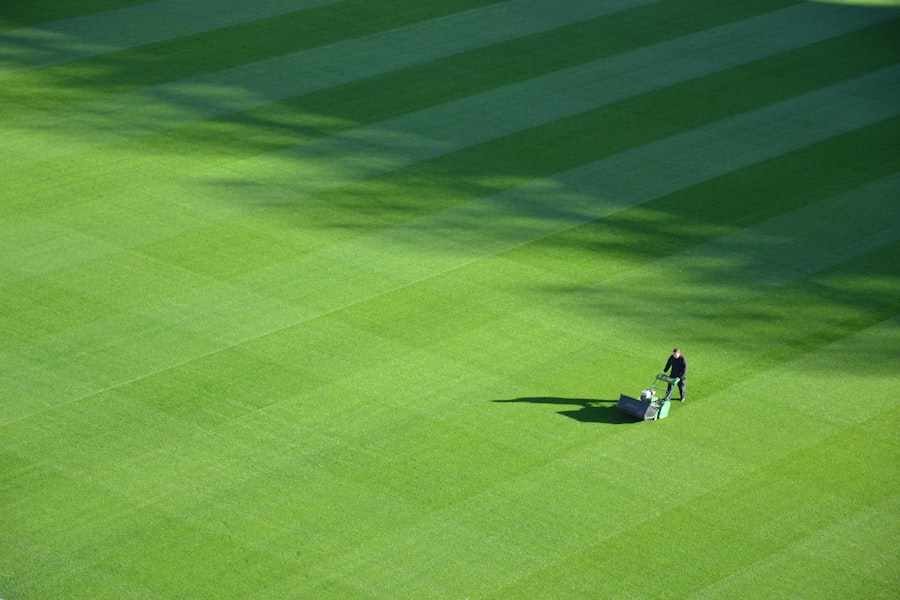
When selecting a grass cutting service, several factors should be taken into account to ensure you choose a provider that meets your needs effectively. First and foremost, consider the reputation of the service. Reading reviews and testimonials from previous clients can provide valuable insights into their reliability, quality of work, and customer service.
A company with a strong track record is more likely to deliver satisfactory results. Another critical factor is the range of services offered. While basic grass cutting is essential, many companies provide additional services such as fertilization, weed control, and aeration.
Opting for a service that offers comprehensive lawn care can save you time and effort in managing multiple providers. Additionally, inquire about their equipment and techniques; a company that invests in modern tools and follows best practices is likely to achieve better results than one that relies on outdated methods.
How to Maintain a Healthy Lawn with Expert Grass Cutting
| Aspect | Details |
|---|---|
| Grass Type | Fescue, Bermuda, Zoysia, etc. |
| Mowing Frequency | Once a week during growing season |
| Mowing Height | 3-4 inches for most grass types |
| Blade Sharpness | Keep blades sharp for clean cuts |
| Clippings | Leave clippings on lawn for nutrients |
| Watering | 1-1.5 inches of water per week |
| Fertilizing | 3-4 times per year |
Maintaining a healthy lawn requires more than just regular cutting; it involves a holistic approach that incorporates various lawn care practices alongside expert grass cutting. One key aspect is ensuring that the grass is cut at the appropriate height for its specific type. Different grasses have different optimal heights for growth, and cutting too short can lead to stress and vulnerability to pests and diseases.
In addition to proper cutting height, regular fertilization is essential for sustaining lawn health. Grass requires nutrients to thrive, and professional services often include fertilization as part of their offerings. By combining expert cutting with timely fertilization, you can create an environment where your lawn flourishes.
Furthermore, incorporating practices such as aeration can improve soil health by allowing air, water, and nutrients to penetrate deeper into the root zone, further enhancing the benefits of regular cutting.
The Role of Proper Equipment and Techniques in Grass Cutting
The equipment used in grass cutting plays a pivotal role in determining the quality of the cut and the overall health of the lawn. Professional services typically utilize high-quality mowers equipped with sharp blades that ensure clean cuts. Dull blades can tear grass rather than cut it cleanly, leading to ragged edges that are more susceptible to disease and stress.
Additionally, using the right type of mower for your lawn size and terrain can make a significant difference in efficiency and effectiveness. Techniques employed during grass cutting are equally important. For instance, varying the mowing pattern each time you cut can prevent soil compaction and promote upright growth.
Professionals often recommend mowing when the grass is dry to avoid clumping and uneven cuts. Moreover, leaving grass clippings on the lawn can provide natural fertilization as they decompose, returning valuable nutrients back into the soil. These techniques not only enhance the appearance of your lawn but also contribute to its long-term health.
Understanding the Different Cutting Heights for Different Types of Grass

Optimal Cutting Heights for Different Grass Types
Cool-season grasses, such as Kentucky bluegrass, thrive when cut between 2.5 to 4 inches high. This height allows for adequate photosynthesis while promoting deep root growth. On the other hand, warm-season grasses like Bermuda grass prefer a shorter cut, typically around 1 to 2 inches. Cutting these grasses too high can lead to excessive leaf growth at the expense of root development.
Importance of Professional Grass Cutting Services
Professional grass cutting services are well-versed in these requirements and can adjust their practices accordingly. They take into account seasonal changes, such as periods of rapid growth in spring, when more frequent cuts may be necessary to keep grass at its optimal height.
Seasonal Adjustments for a Vibrant Lawn
By adhering to these guidelines, homeowners can ensure their lawns remain vibrant and healthy throughout the growing season. Professional grass cutting services can help homeowners achieve this by making seasonal adjustments to their cutting practices, ensuring a lush and thriving lawn all year round.
Tips for Maintaining a Beautiful Lawn Between Grass Cutting Services
While professional grass cutting services provide essential care for your lawn, there are several steps homeowners can take between visits to maintain its beauty and health. One effective strategy is regular watering; lawns typically require about one inch of water per week, either from rainfall or irrigation. Watering early in the morning allows moisture to penetrate deeply into the soil while minimizing evaporation.
Another important practice is monitoring for weeds and pests. Early detection is key; pulling weeds by hand or using targeted treatments can prevent them from taking over your lawn. Additionally, keeping an eye on any signs of disease or pest infestations allows for prompt action before they escalate into larger problems.
Regularly checking your lawn’s condition between professional visits ensures that it remains healthy and vibrant.
The Environmental Impact of Proper Grass Cutting Practices
Proper grass cutting practices have significant environmental implications that extend beyond individual lawns.
A well-maintained lawn also helps reduce soil erosion by stabilizing the soil with its root system, which is particularly important in areas prone to runoff.
Moreover, responsible grass cutting practices can promote biodiversity by providing habitats for various species of insects and small animals. Leaving clippings on the lawn not only recycles nutrients but also supports beneficial organisms in the soil ecosystem. Additionally, using electric or manual mowers instead of gas-powered ones reduces emissions and noise pollution, further contributing to environmental sustainability.
By adopting proper grass cutting techniques, homeowners can play an active role in fostering a healthier environment while enjoying a beautiful lawn.



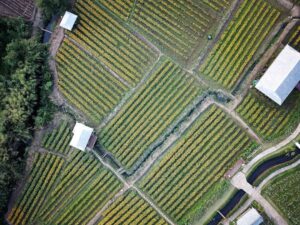






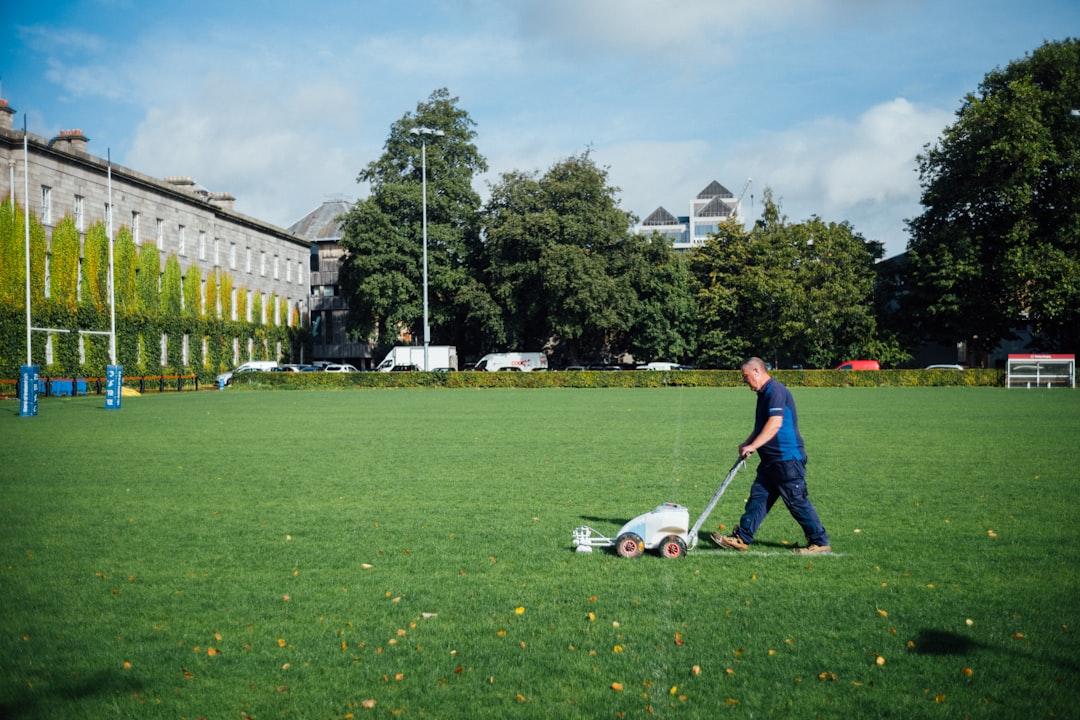


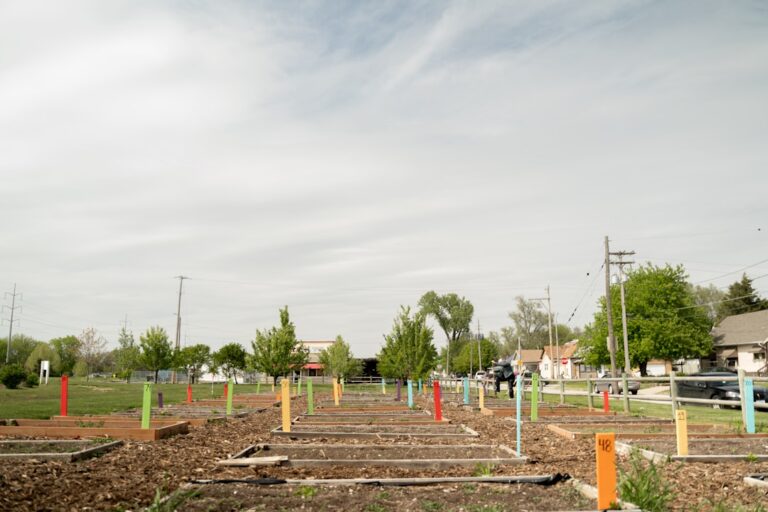



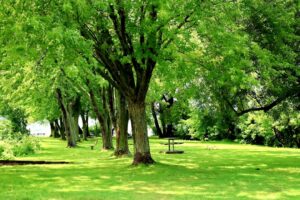

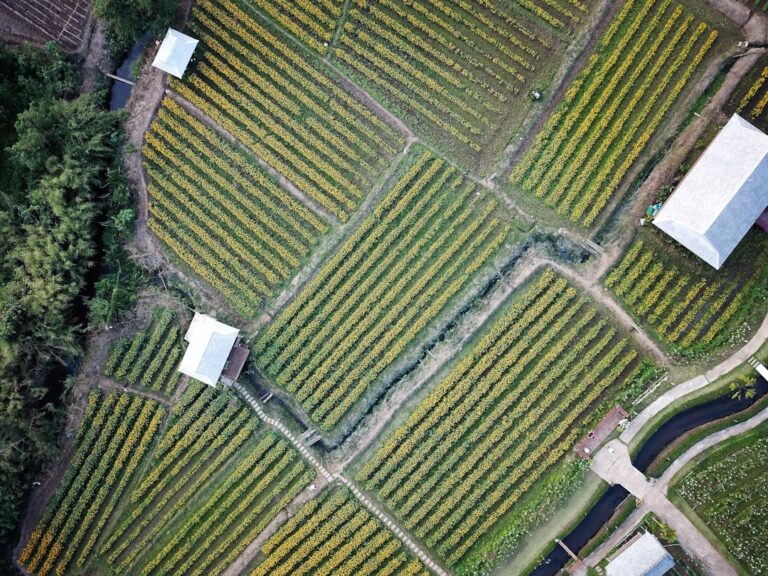




+ There are no comments
Add yours